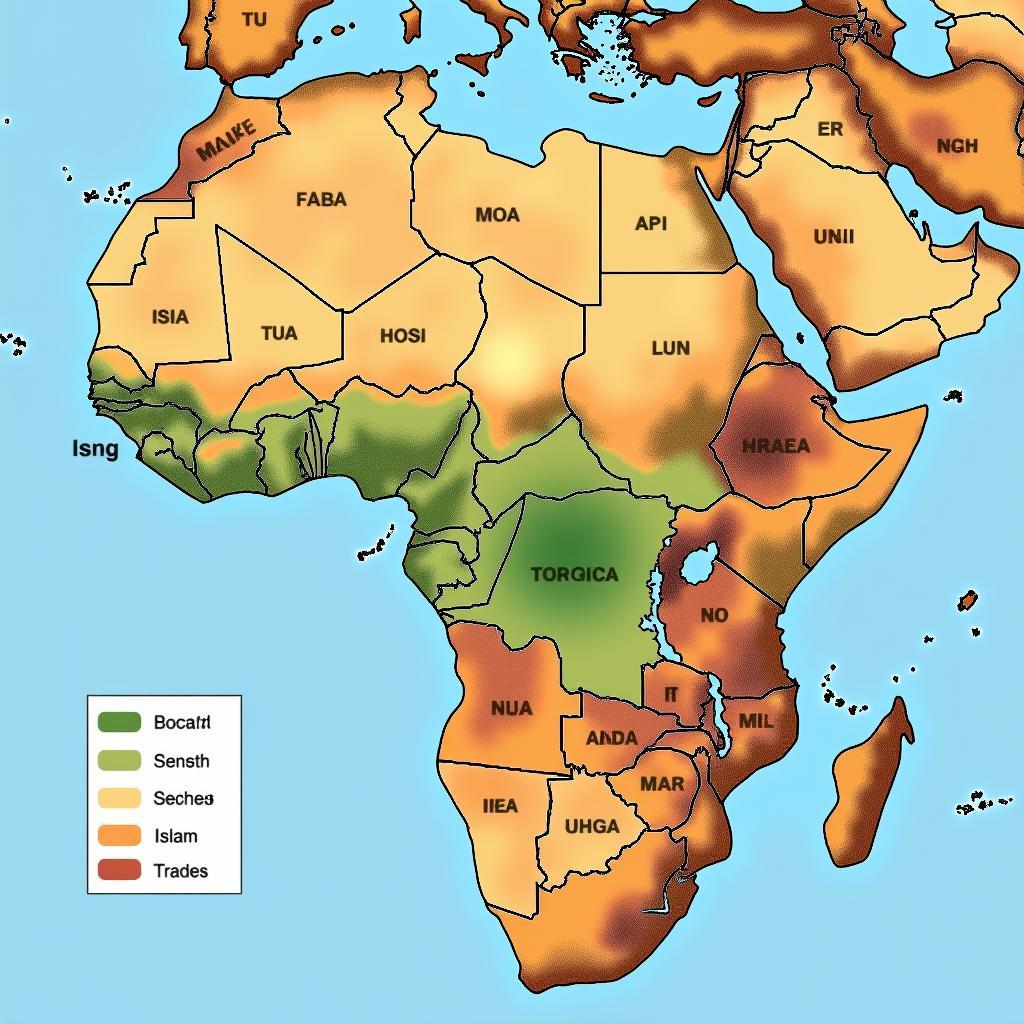Life in the 16th Century: Exploring the Diverse Cultures of African People
The 16th century marked a pivotal period in African history, a time of thriving empires, bustling trade networks, and diverse cultural expressions. From the Songhai Empire’s control of trans-Saharan trade routes to the flourishing Swahili city-states along the East African coast, the continent pulsed with life. To truly understand 16th-century African People, we must delve into the tapestry of their existence, exploring their kingdoms and societies, religious beliefs, artistic innovations, and daily lives.
Kingdoms and Societies: Beyond the Veil of Homogeneity
One of the greatest misconceptions about 16th-century Africa is the idea of a monolithic culture. The continent was, and still is, incredibly diverse, home to a multitude of ethnicities, languages, and social structures.
The Kingdom of Kongo in Central Africa, for example, boasted a complex hierarchical system with a powerful king at its helm. Kongo’s engagement with Portuguese traders brought about both opportunities and challenges, as the kingdom navigated the complexities of international relations and the slave trade.
Meanwhile, the Ethiopian Empire, a Christian kingdom in the Horn of Africa, maintained its independence and unique cultural identity. Known for its distinct religious practices and impressive stone-hewn churches, Ethiopia stood as a beacon of resistance against the encroaching Ottoman Empire.
Further south, the Mutapa Kingdom, renowned for its gold mining and trade, exerted its influence over a vast territory in Southern Africa. The Mutapa Kingdom’s interaction with Arab traders along the Indian Ocean coast contributed to its wealth and cultural exchange.
These are just a few examples of the diverse and complex societies that existed in 16th-century Africa. Each kingdom, with its own unique systems of governance, social hierarchies, and cultural practices, contributed to the continent’s rich tapestry of life.
Spiritual Beliefs: A Tapestry of Faith and Tradition
Religion played a profound role in the lives of 16th-century African people. From the widespread belief in ancestral spirits to the growing influence of Islam and Christianity, the continent resonated with diverse spiritual expressions.
In many parts of Africa, traditional religions, often characterized by a belief in a supreme creator deity alongside lesser deities and spirits, held sway. Rituals, divination practices, and reverence for ancestors formed the bedrock of these belief systems, connecting people to their past and guiding their present.
Islam, having spread across North Africa and the Sahel region through trade and conquest, had a transformative impact on many societies. It brought with it new legal systems, architectural styles, and a strong sense of community, influencing everything from governance to daily life.
 The Spread of Islamic Influence in 16th Century Africa
The Spread of Islamic Influence in 16th Century Africa
Christianity, too, had a presence in Africa, particularly in Ethiopia and the Kongo Kingdom. While Ethiopian Christianity retained its unique character, the Kongo’s embrace of Catholicism led to the syncretism of traditional beliefs and Christian practices.
Artistic Expressions: Creativity in Diverse Forms
The artistic ingenuity of 16th-century African people found expression in a myriad of forms, from intricate bronze sculptures to vibrant textiles and rhythmic music and dance. These artistic creations served not merely as aesthetic pleasures but often held deeper cultural and spiritual significance.
The Benin Bronzes, for example, created by skilled artisans in the Kingdom of Benin (not to be confused with the modern-day Republic of Benin), stand as a testament to the artistic prowess of the era. These intricate sculptures, often depicting rulers, warriors, and courtly life, provide valuable insights into the kingdom’s history, social hierarchy, and religious beliefs.
In West Africa, textile production flourished, with skilled weavers creating intricately patterned cloths using techniques like strip weaving and resist dyeing. These textiles, often imbued with symbolic meaning, played important roles in social and religious ceremonies.
Music and dance, integral to the social fabric of many African societies, provided avenues for storytelling, celebration, and spiritual expression. From the rhythmic drumming and call-and-response vocals of West African music to the lyrical melodies of East African taarab, music served as a unifying force and a powerful form of cultural transmission.

